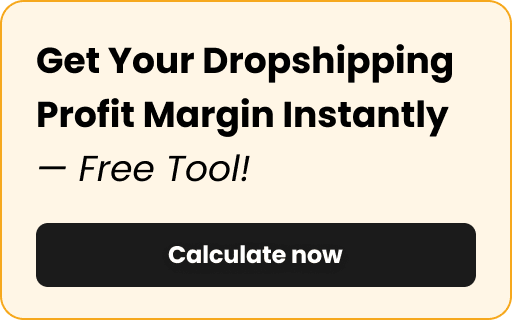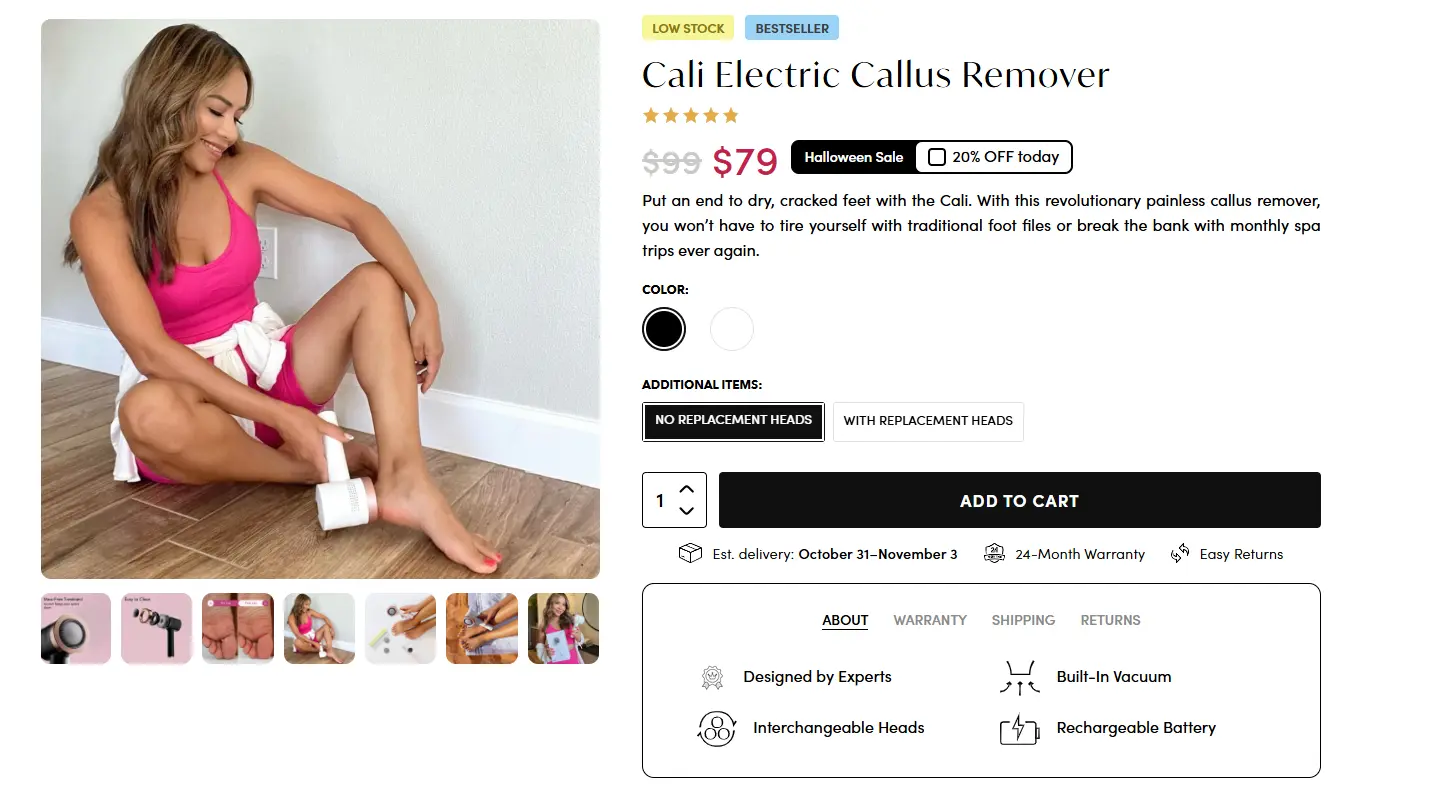10+ Best Dropshipping Beauty Products to Start Selling
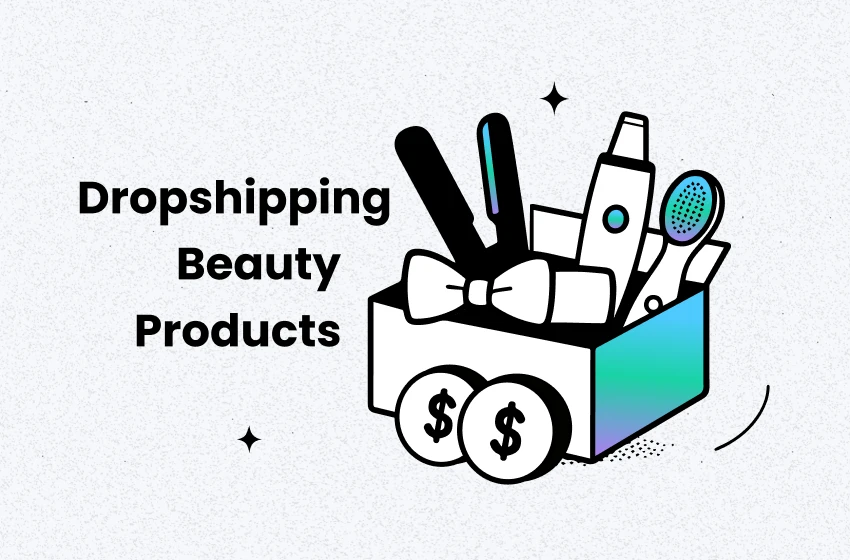
Beauty products are always in demand, making them a hot niche for dropshipping. Whether your audience is focused on skincare, hair care, or personal grooming, there are plenty of trending items with high potential profit margins.
In this guide, we’ll explore 10+ of the best dropshipping beauty products and share tips to help you start a successful beauty business.
Top 10+ Beauty Products in Dropshipping
1. Facial Ice Roller
Selling Price: ~$15–$25
Supplier Price: ~$3–$7
Gross Profit Margin: ~70–80%
As cold therapy continues to trend, facial ice rollers are one of the top best-sellers. They are easy to use, offer immediate results like reduced puffiness and improved skin tone, and appeal to a broad market of beauty-conscious consumers.

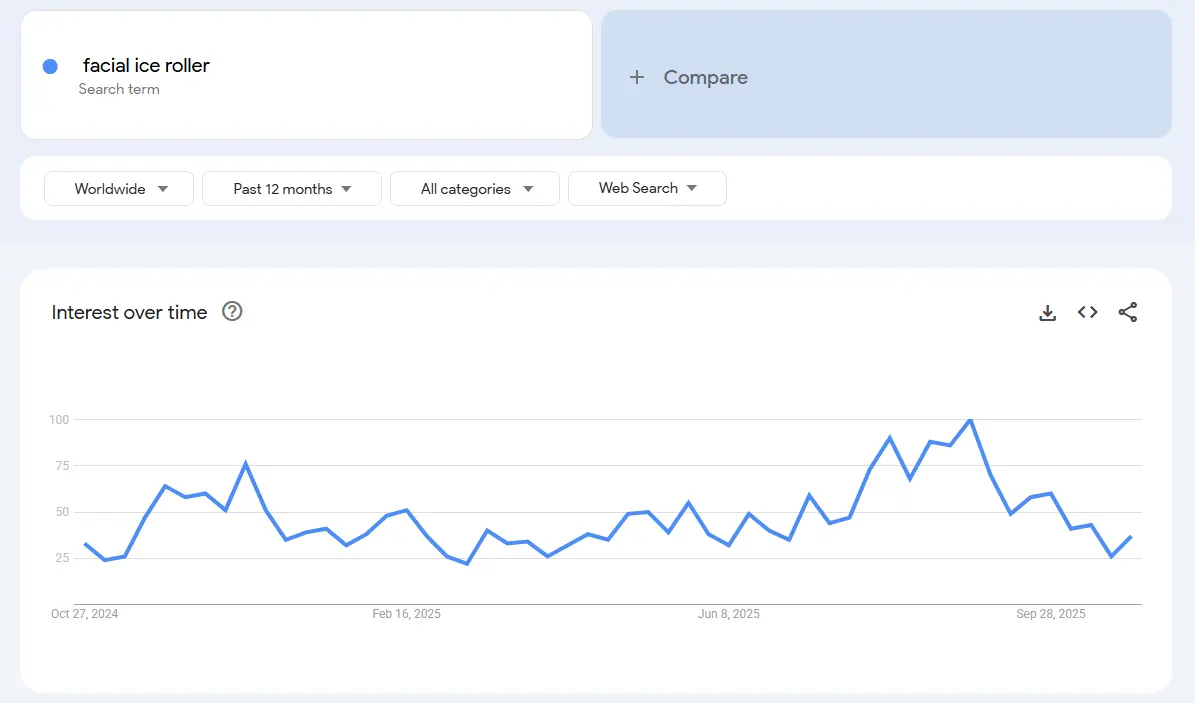
With an average selling price of $15–$25 and a supplier cost between $3 and $7, the gross profit margin for these rollers can reach as high as 70%–80%, making them a low-investment, high-return product for dropshipping merchants looking to enter the beauty space.

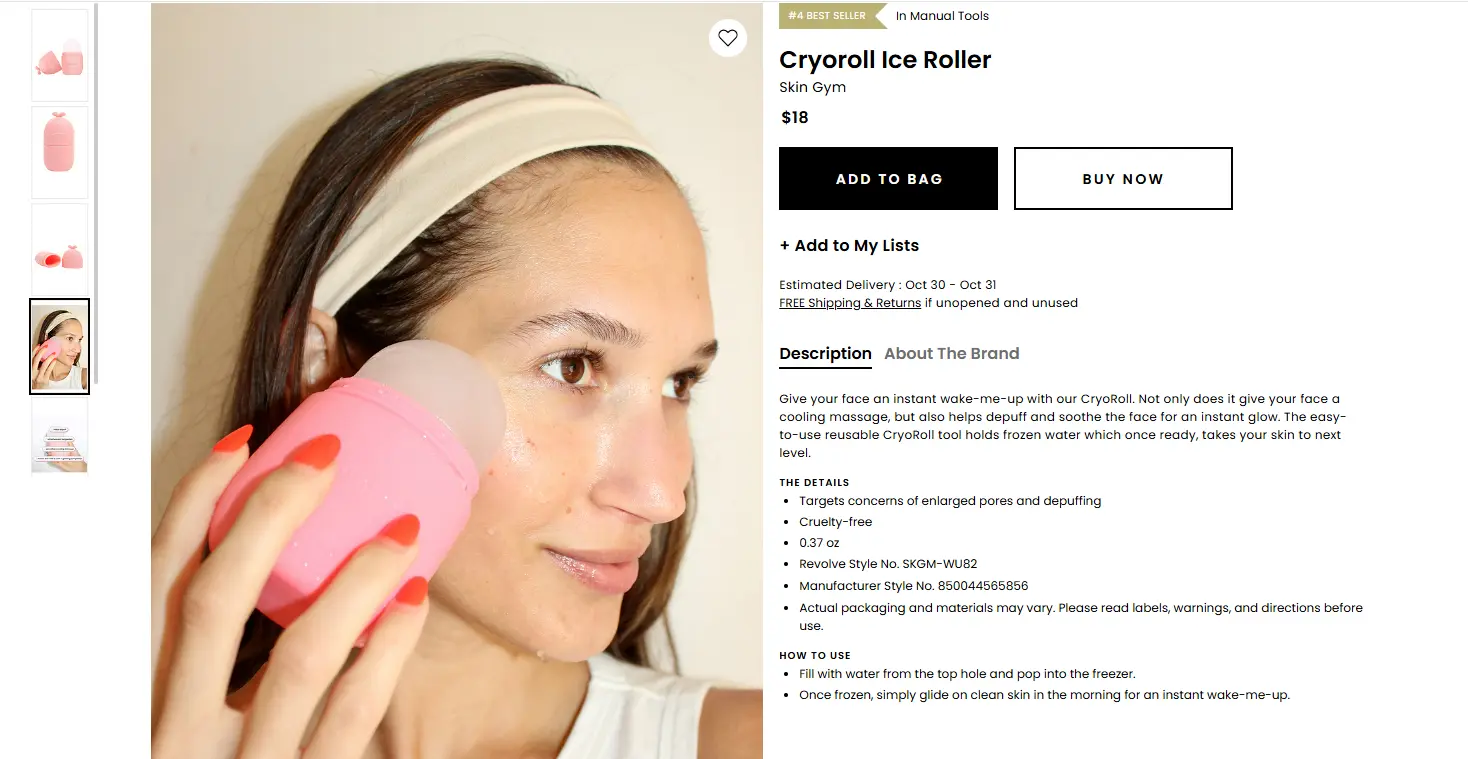
2. Electric Foot Callus Remover
Selling Price: ~$45–$80
Supplier Price: ~$10–$15
Gross Profit Margin: ~70–80%
The electric foot callus remover is an ideal addition to any dropshipping beauty store. This at-home pedicure device offers a full spa treatment experience, gently removing dirt, debris, and dry skin. It smooths calluses and rough patches, offering a painless solution for foot care.

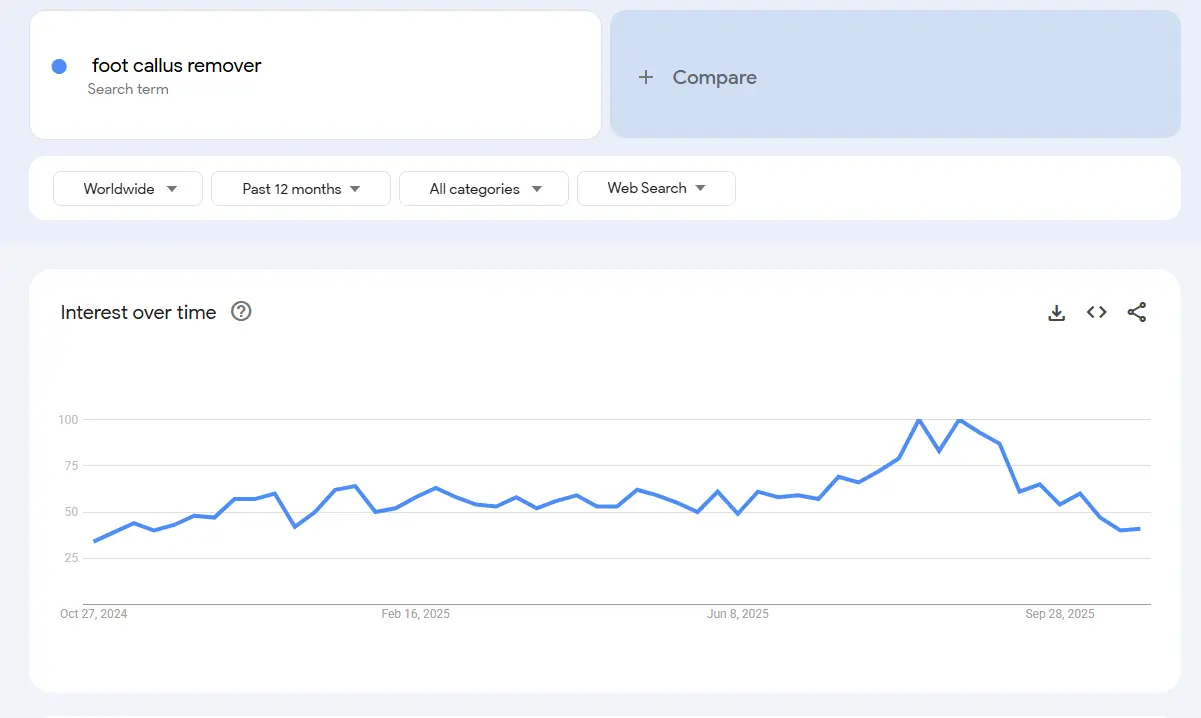
Selling between $30–$50, with a supplier cost of $10–$15, it provides a gross profit margin of 60%–70%, making it a profitable and trending product to tap into the growing demand for at-home foot care.
3. Silicone Back Scrubber
Selling Price: ~$20–$30
Supplier Price: ~$5–$10
Gross Profit Margin: ~70–80%
The silicone back scrubber is trending as more consumers seek effective and hygienic ways to enhance their shower routines. Its long handle makes it easy to reach those hard-to-clean areas, and the food-grade silicone construction ensures durability and ease of cleaning.

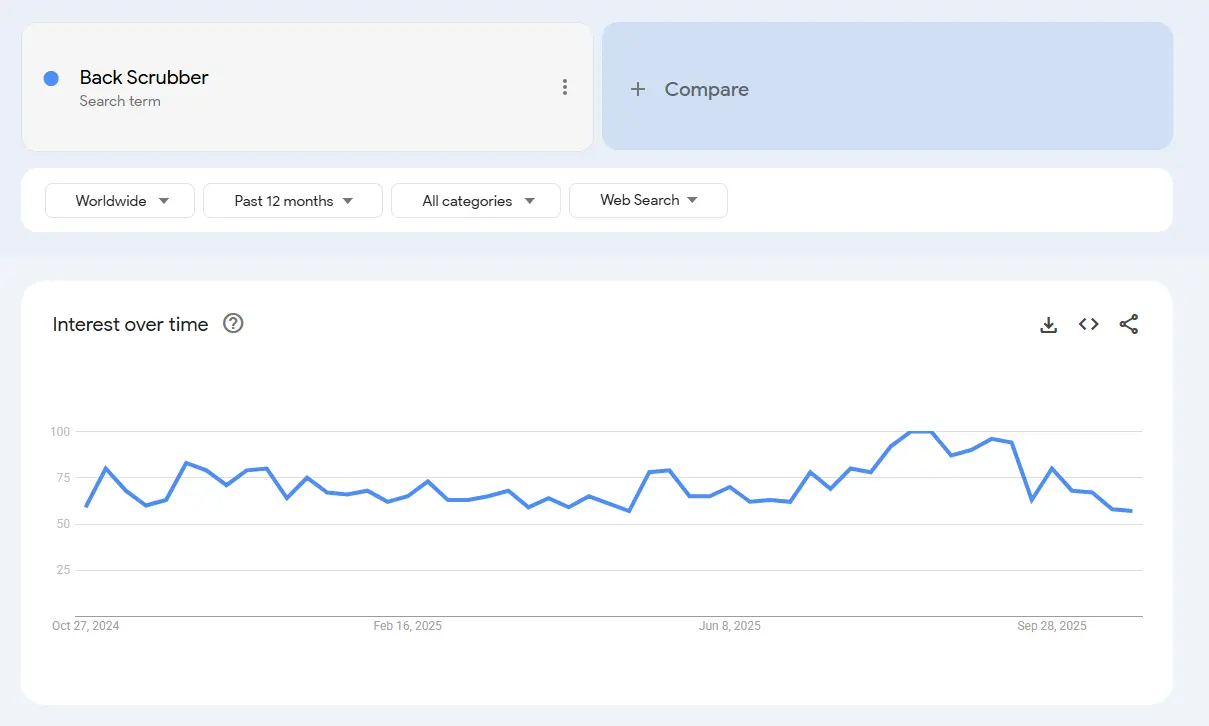
Priced between $20–$30, with a supplier cost of $5–$10, this tool offers a gross profit margin of 70%–80%, making it a high-return product for merchants looking to cash in on the growing demand for personal care items.

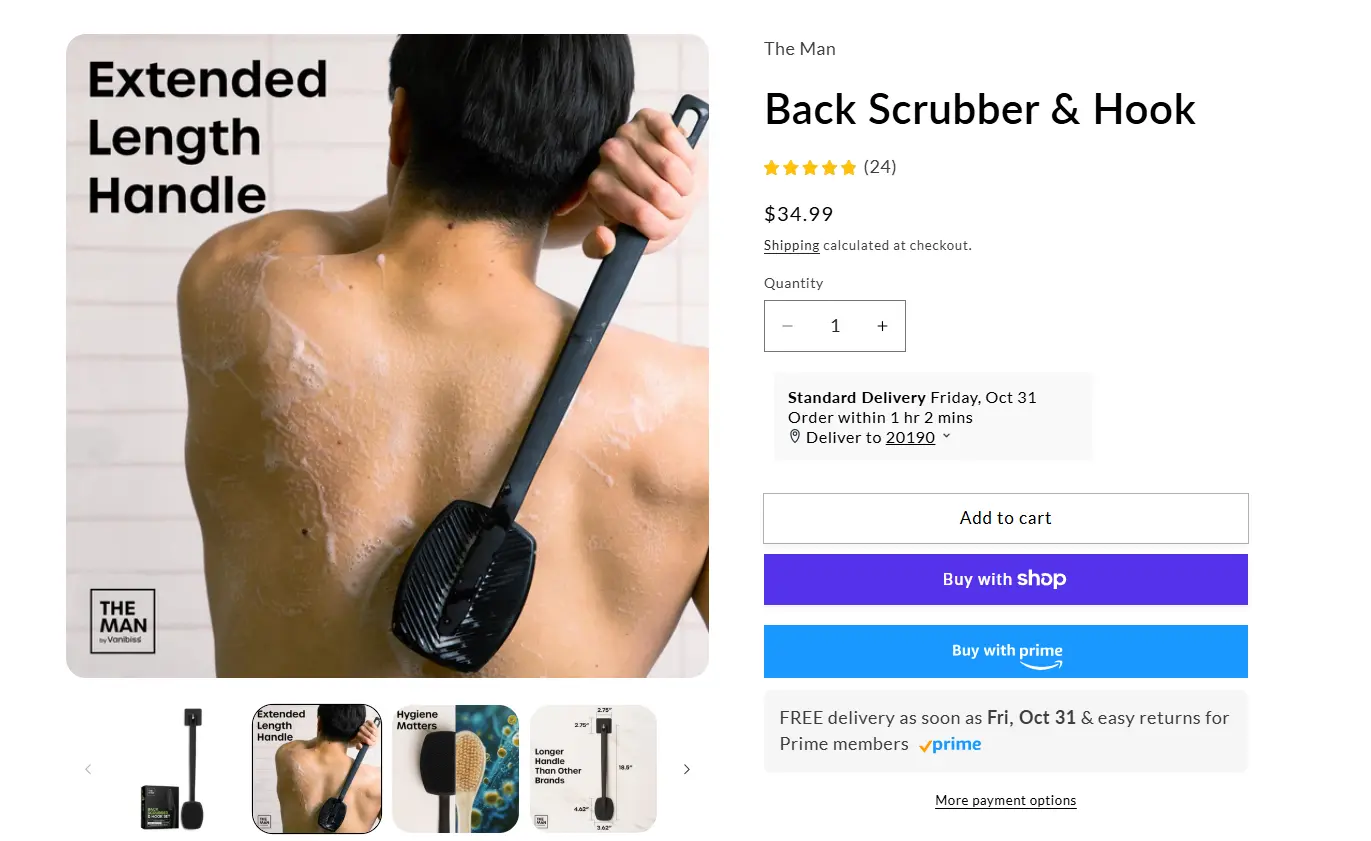
4. Portable Hair Straightener
Selling Price: ~$55–$70
Supplier Price: ~$10–$25
Gross Profit Margin: ~60–70%
Cordless hair straighteners are a must-have for anyone who wants salon-quality styling without being tied to a plug. Their ability to create a wide range of hairstyles has made them a top-selling hair tool.


For dropshipping merchants, this product is highly attractive: with a selling price of $55–$70 (and premium models up to $212) and a supplier cost of $10–$25, it delivers a gross profit margin of 60%–70%, making it a profitable addition to any beauty store.

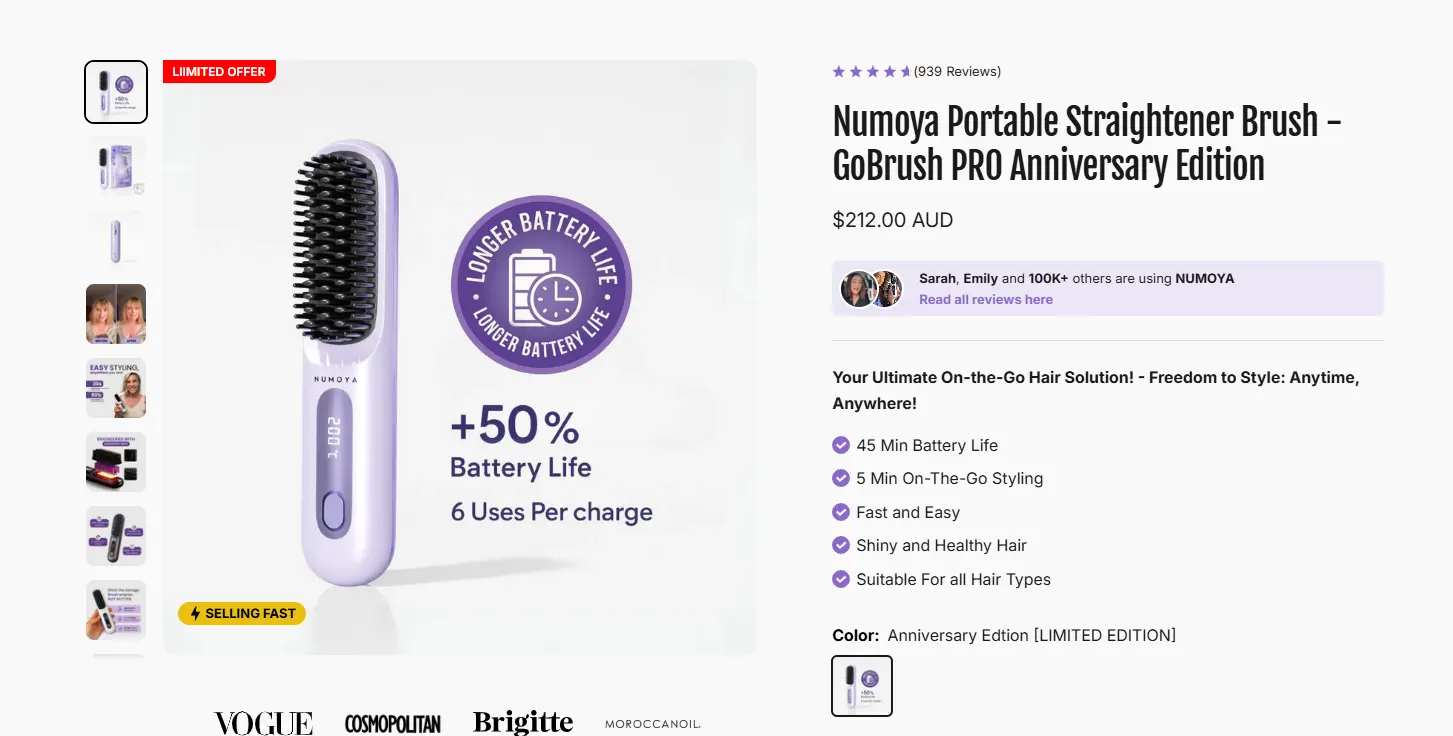
5. Crystal Hair Eraser
Selling Price: ~$20–$40
Supplier Price: ~$5–$8
Gross Profit Margin: ~75–80%
The crystal hair eraser is trending in the beauty world as a convenient, at-home hair-removal tool. Its unique design and pain-free promise appeal to a broad audience looking for quick grooming solutions.


Merchants can take advantage of its strong demand, selling it at $20–$40 with a supplier price of $5–$10, giving a profit margin of 75%–80%, while premium brands allow even higher profits. Its combination of novelty, portability, and effectiveness makes it a profitable product for dropshipping stores.

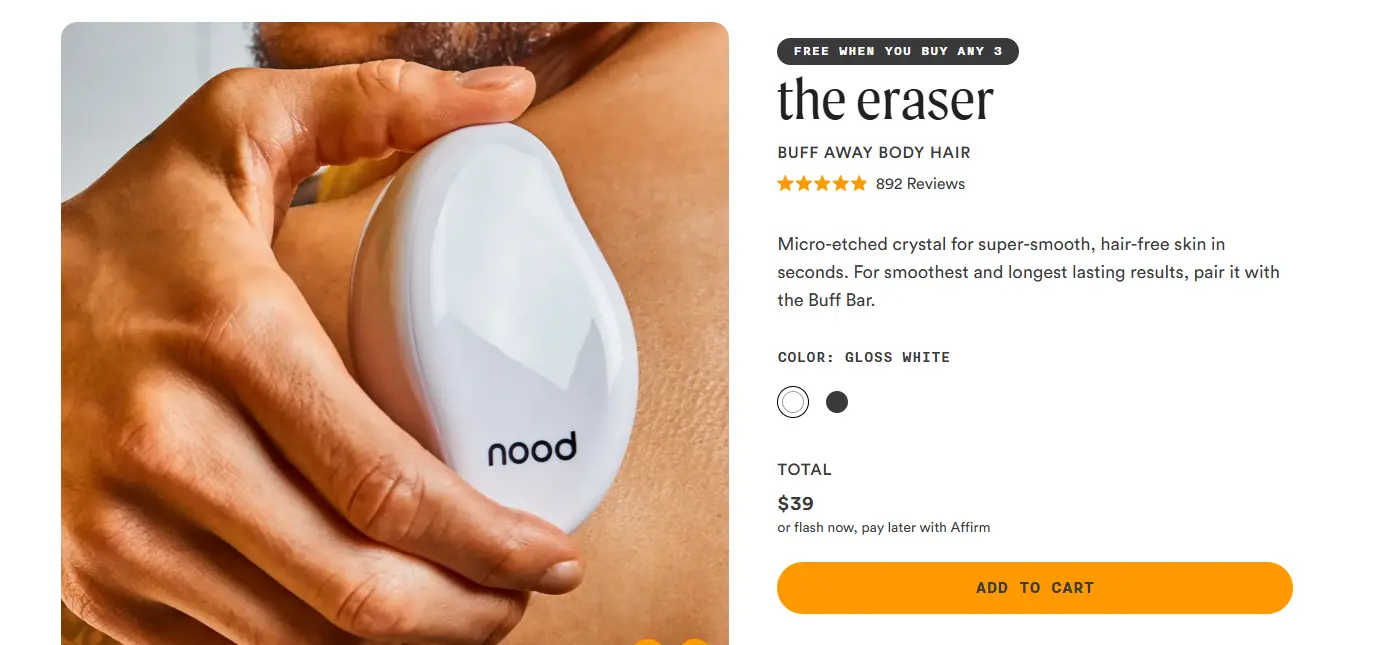
6. Ear Corrector Stickers
Selling Price: ~$8–$15
Supplier Price: ~$1–$3
Gross Profit Margin: ~80–85%
Ear corrector stickers are a trending beauty product that offers a non-invasive solution for ear protrusion. The small, clear, and matte design ensures they remain completely discreet, allowing users to wear them confidently without fear of being noticed.

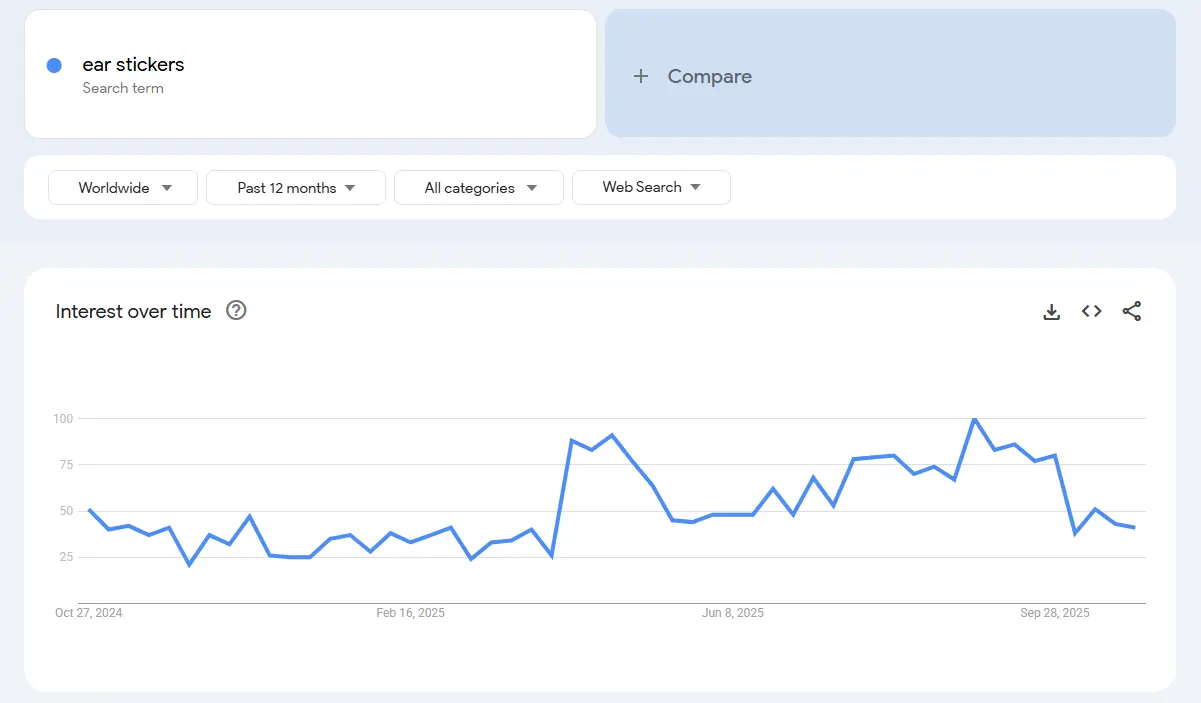
At a selling price of $8–$15, with a supplier cost of $1–$3, these stickers offer a gross profit margin of 80%–85%, making them a highly profitable option for merchants looking to capitalize on a growing niche.

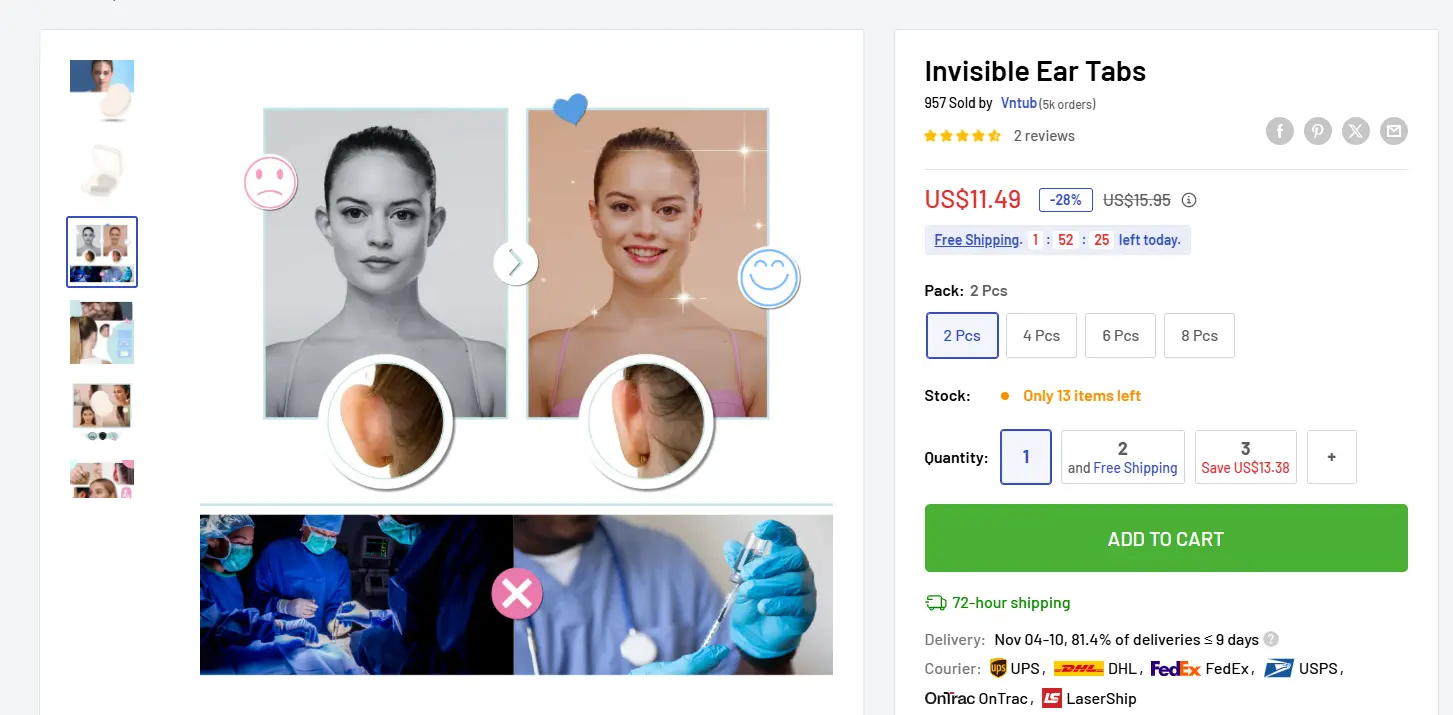
7. Nose Hair Trimmer
Selling Price: ~$15–$40
Supplier Price: ~$5–$10
Gross Profit Margin: ~70–85%
Designed to fit comfortably into the nostrils, these trimmers are perfect for trimming excess nose hairs without damaging sensitive tissue. The high demand for personal grooming products and the convenience of these trimmers make them an excellent choice for dropshipping merchants looking to target beauty-conscious customers.

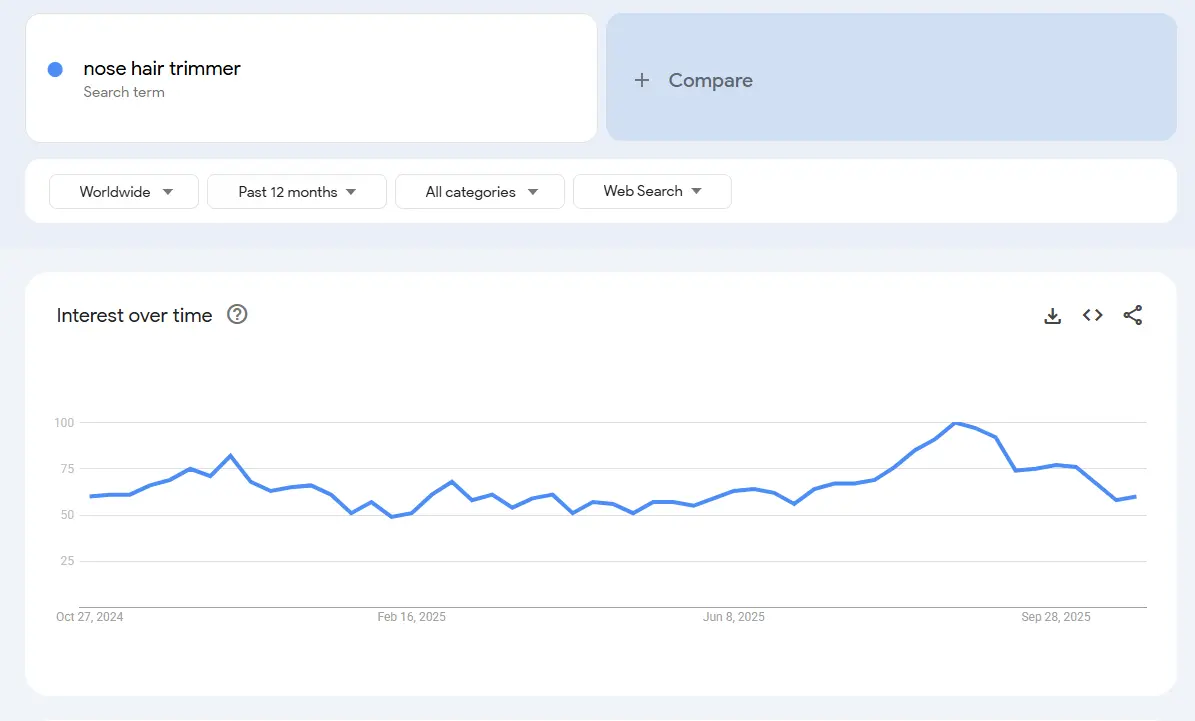
With a selling price of $15–$40 and a supplier cost of $5–$10, these products offer a gross profit margin of 70%–85%.

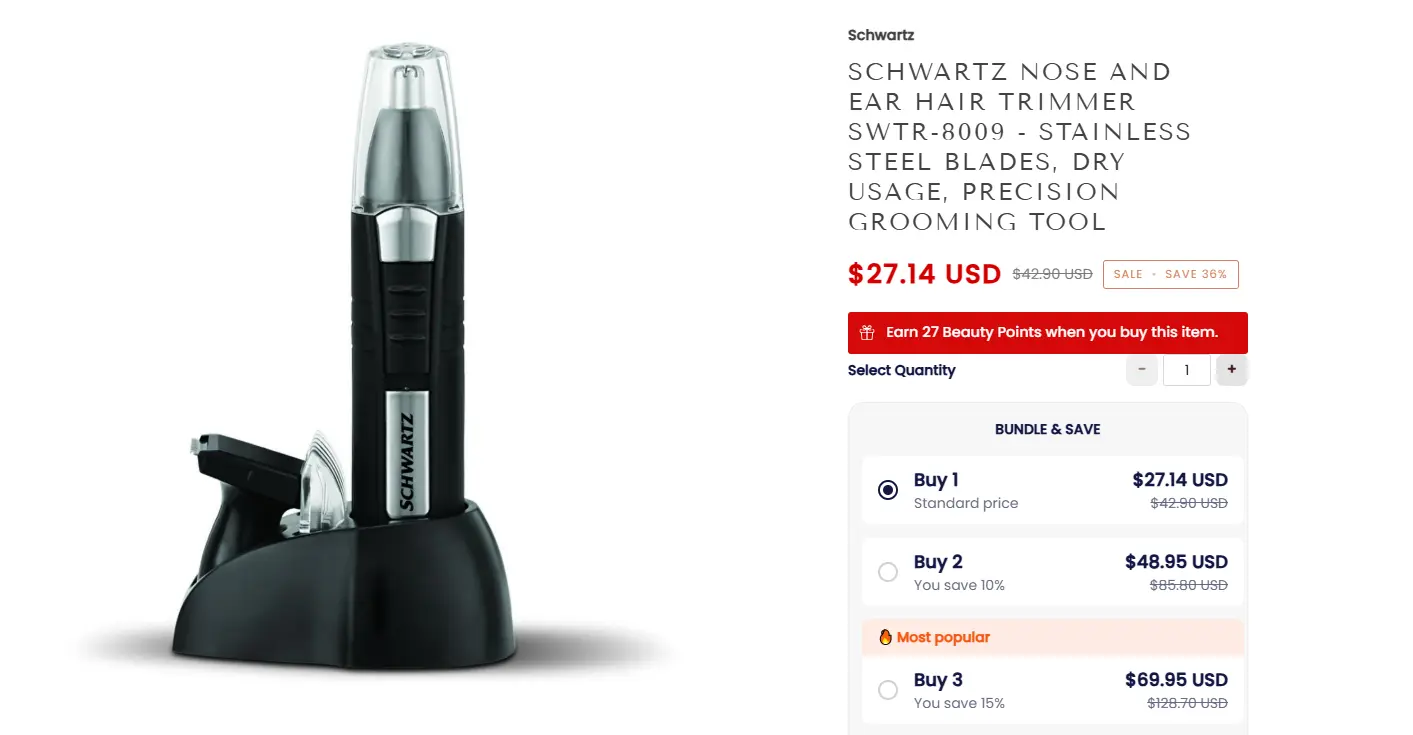
8. Blackhead Remover
Selling Price: ~$35–$75
Supplier Price: ~$10–$15
Gross Profit Margin: ~55–70%
The blackhead vacuum is a popular skincare gadget that gently removes blackheads and excess oil from the face and nose. Consumers love it for its convenience and effectiveness, which provides an at-home spa-like experience.


Priced at $35–$75 with supplier costs of $10–$15, merchants can enjoy a gross profit margin of 55%–70%. Premium versions can reach higher, offering opportunities for higher-end sales and larger profits.

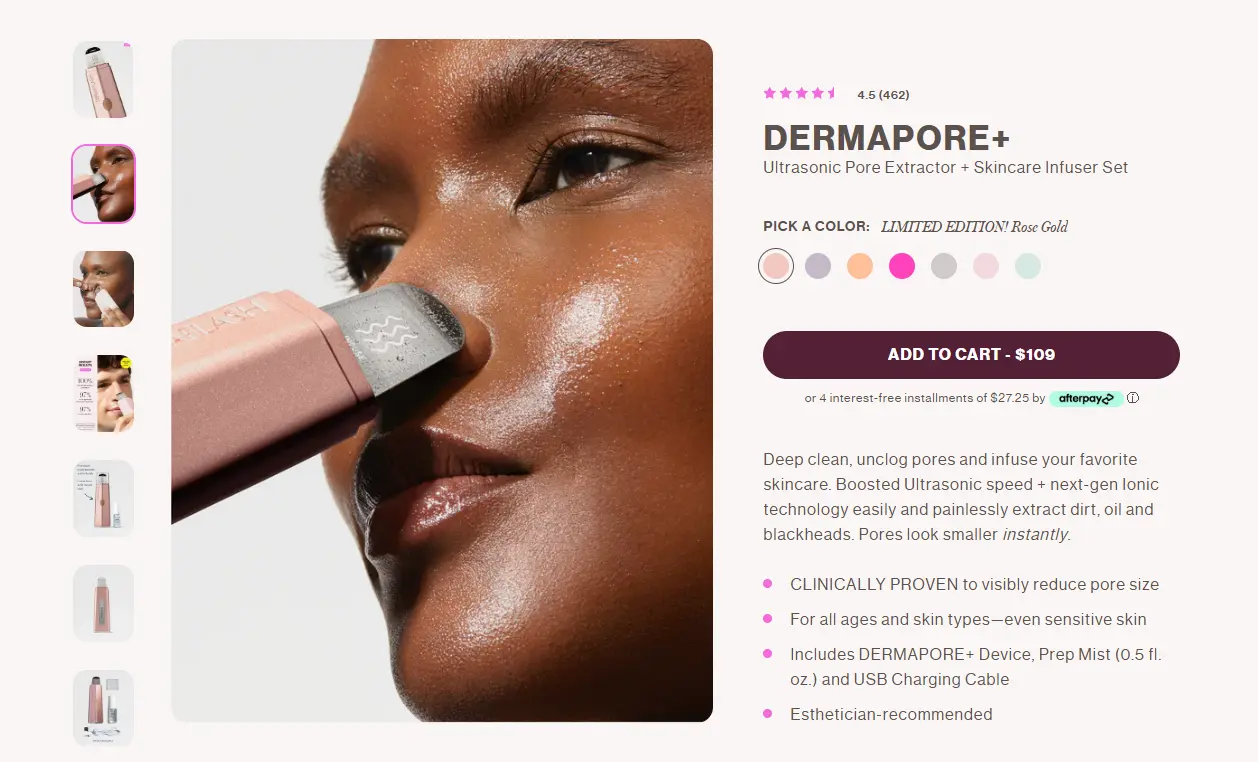
9. Jade Roller
Selling Price: ~$20–$55
Supplier Price: ~$8–$10
Gross Profit Margin: ~70–85%
Jade rollers have been a staple in skincare for centuries, originally used in China for their believed energy-healing properties. Today, they’re still a hot item in the beauty industry. Available in stones like jade, rose quartz, and black obsidian, they are marketed for their skin-soothing and anti-aging effects.

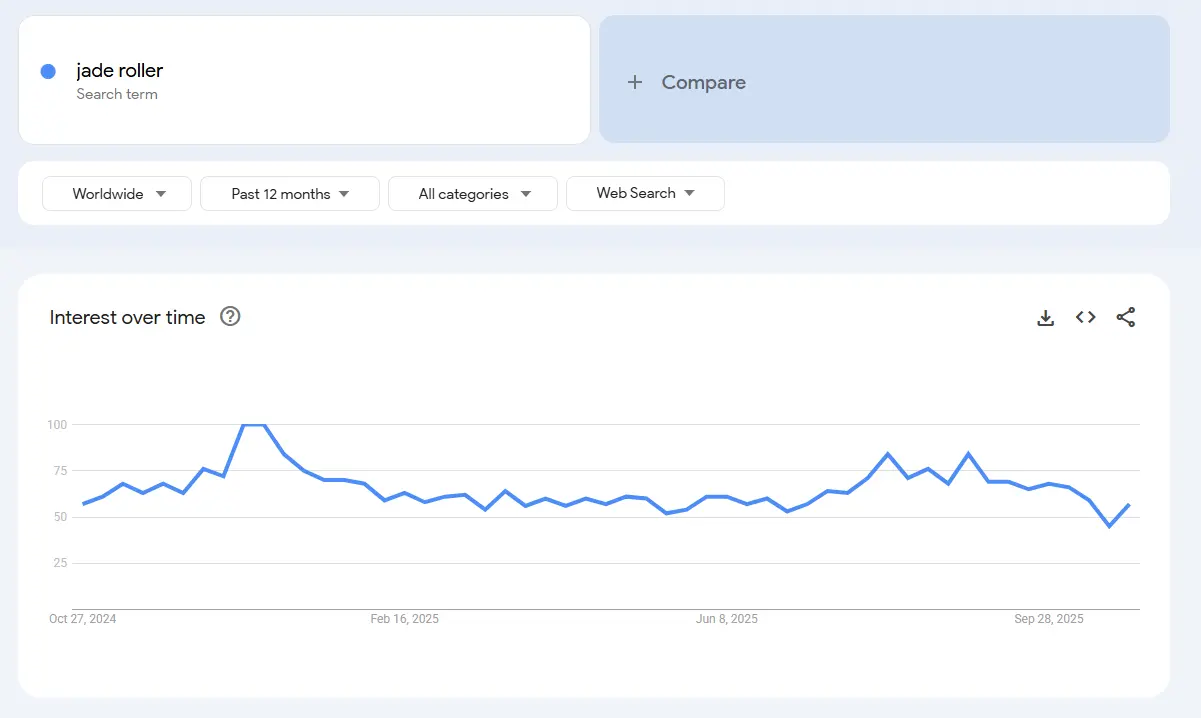
With a selling price of $20–$55 and supplier costs between $8–$10, these rollers offer a gross profit margin of 70%–85%.


10. LED Car Makeup Mirror
Selling Price: ~$20–$40
Supplier Price: ~$7–$12
Gross Profit Margin: ~65–75%
The Juni 2 LED lighted car sun visor mirror is a must-have for beauty-conscious drivers who want to look their best on the go. With its built-in LED light, users can enjoy shadow-free lighting for flawless touch-ups wherever they are. Easy to clip onto any sun visor, this mirror offers convenience and portability.

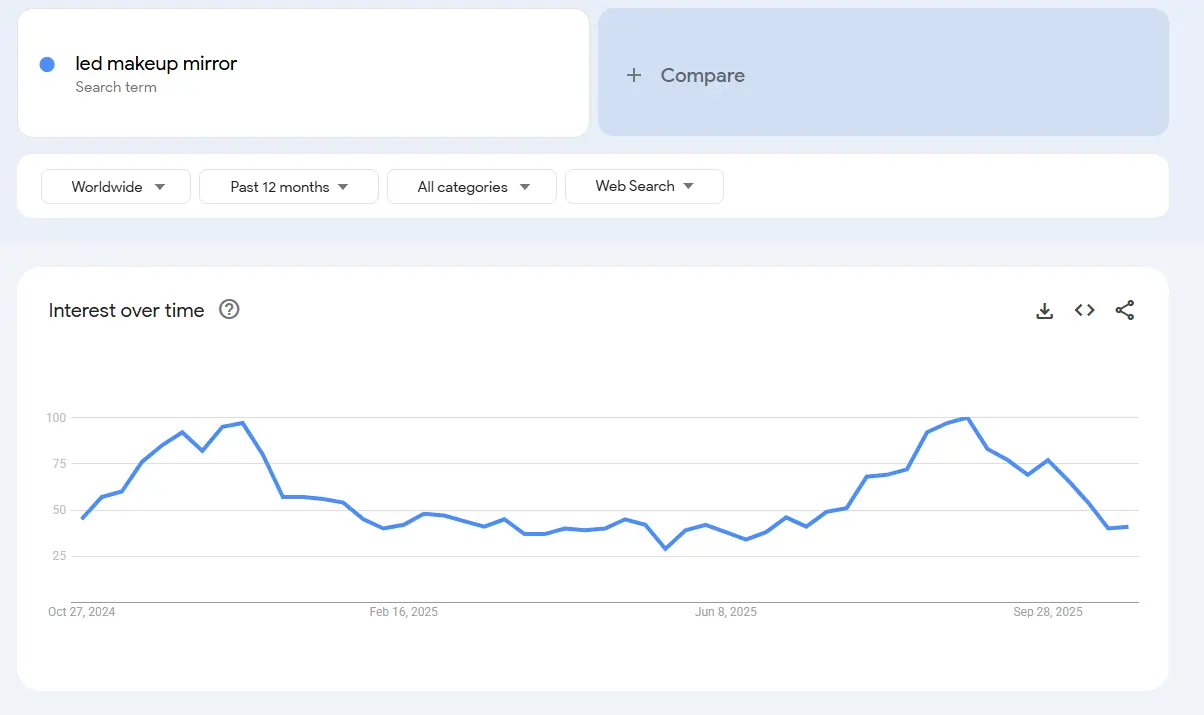
Selling for $20–$40, with supplier prices between $7–$12, it provides a gross profit margin of 65%–75%, making it a high-margin product perfect for dropshipping stores catering to busy, beauty-focused consumers.

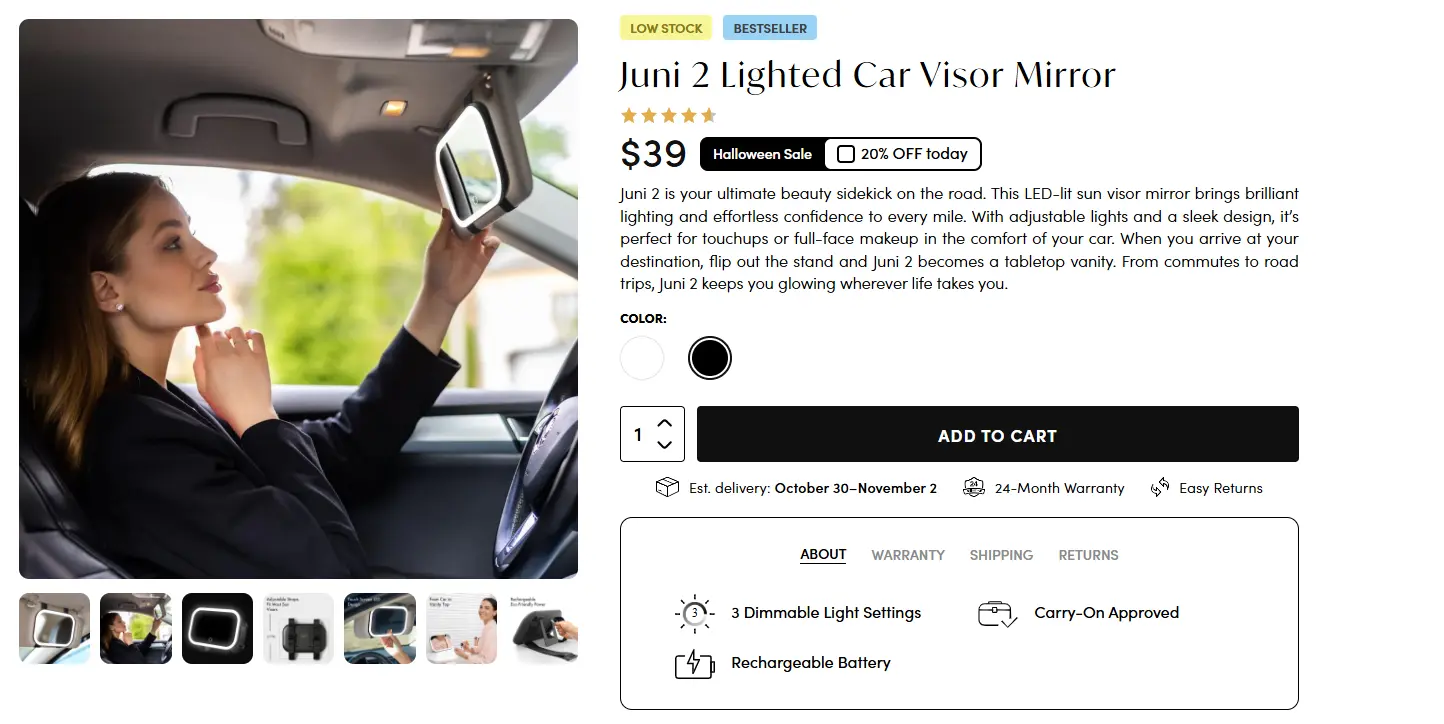
11. Makeup Headband
Selling Price: ~$8–$15
Supplier Price: ~$1–$3
Gross Profit Margin: ~80–85%
Makeup headbands are an essential accessory for anyone who regularly follows a beauty or skincare routine. Soft and absorbent, they keep hair securely out of the face during makeup application, facials, or when applying face masks. Available in a variety of colors and designs, they also serve as a thoughtful gift for beauty enthusiasts.

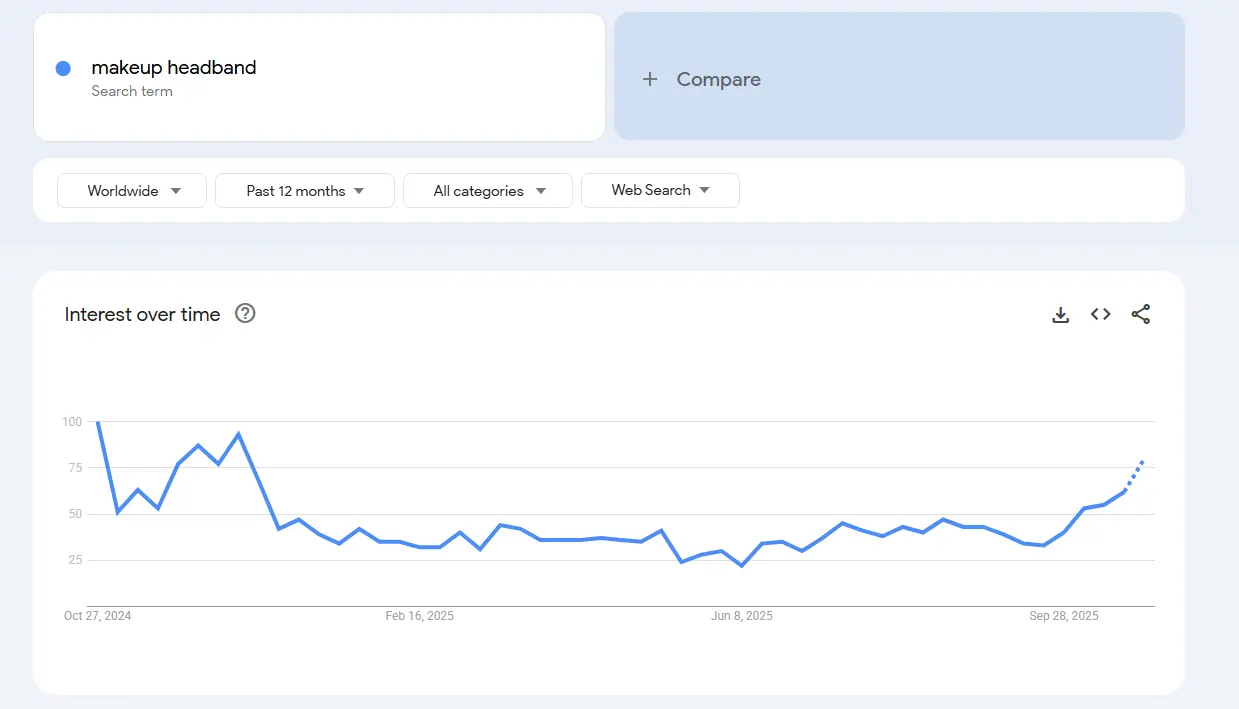
With a selling price of $8–$15 and a supplier price of $1–$3, these headbands offer a gross profit margin of 80%–85%. Their affordability, coupled with strong demand, makes them a top choice for dropshipping beauty merchants looking for high-profit, low-cost products.

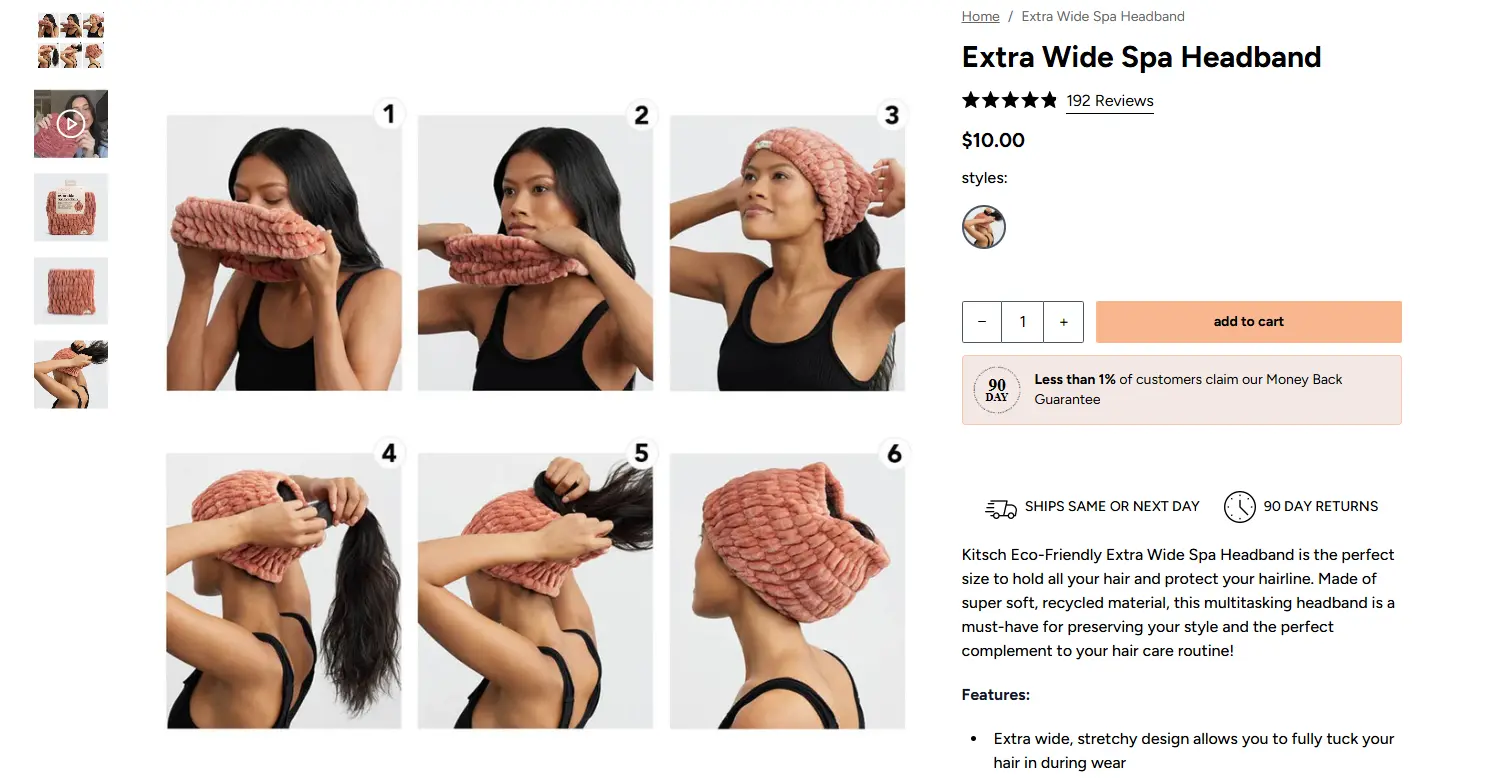
Is Beauty a Profitable Niche in Dropshipping?
Beauty is a highly profitable dropshipping niche, offering healthy profit margins and consistent market demand. Average net profit margins for beauty products typically range from 20% to 40%, while premium or niche items can achieve margins of 50% or higher.
Meanwhile, it’s also one of the evergreen dropshipping niches–meaning there's always a target audience actively buying these products .The global beauty and personal care products market was estimated at USD 599.15 billion in 2024 and is projected by Grand View Research to reach USD 937.13 billion by 2030.
With average profit margins between 20–40% and a rapidly growing market, dropshippers can generate consistent income. The average dropshipping income for beginners ranges $500–$2,000 per month, while more experienced stores often reach $3,000–$10,000 monthly, with top performers scaling to $50,000+ per month.
6 Steps to Start a Successful Beauty Dropshipping Business
Follow these 6 steps to build a successful beauty dropshipping store.
Step 1. Select a Profitable Beauty Niche
A profitable niche is a segment where products can consistently sell at a healthy margin. In beauty dropshipping, a good profit margin ranges from 20% to 50% depending on product type. Anything lower is risky once you factor in product cost, shipping, and marketing.
Mass-market items like generic makeup brushes or sheet masks often have slim margins. Targeted sub-niches, such as crystal facial rollers, eco-friendly skincare, portable beauty devices, or organic lip care, allow you to reach a low competitive yet high profitable niche.This helps you avoid competing directly with mass-market giants like Sephora or Ulta.
Most common tools to find your niche include Meta Audience Insights, Google Trends, Google Keyword Planner, or searching on online marketplaces like Amazon, Etsy, or TikTok also helps merchants to explore best-selling niches.
Step 2. Pick Potential Winning Beauty Products
Not all trending beauty items generate consistent profit. A winning product as one that can consistently deliver net profit and overall have these three key early traits:
- It offers a high profit margin ranging from 30–60%, anything over 60% is great.
- It proves high demand by reaching 10,000–100,000 monthly global searches.
And, it maintains low to medium competition, which means the market isn’t oversaturated but still has room to sell.
Step 3. Choose a Reliable Supplier
In 2025, these are the best beauty dropshipping suppliers: AliExpress, Spocket, Jubilee, Doba, AutoDS, FragranceNet, SaleHoo.
A good beauty dropshipping suppliers share in common four key traits:
First, they keep product costs low enough to maintain a healthy net profit margin.
Second, they ship quickly to protect conversions and maximize customer lifetime value.
Third, they fulfill orders accurately, meeting or exceeding customer expectations.
Fourth, they integrate seamlessly with dropshipping fulfillment apps, enabling full automation of your store.
A supplier’s performance directly impacts your COGS, return rates, customer experience, brand reputation, and ability to scale — all critical factors that determine whether your store generates profit or incurs losses.
Further Reading: https://trueprofit.io/blog/shopify-dropshipping-suppliers
Step 4. Choose a Selling Platform
Your choice of selling platform directly affects how quickly and efficiently you can launch, manage, and grow a beauty dropshipping business.
Shopify is especially popular among new dropshippers due to its quick setup, ease of use, and an extensive ecosystem of over 8,000 apps that help automate inventory, marketing, and order fulfillment.
For those already familiar with WordPress, WooCommerce provides full customization and control over every aspect of the store.
BigCommerce is ideal for businesses with large product ranges that require more advanced catalog management, while Wix focuses on design-heavy, visually compelling stores that highlight brand aesthetics.
Etsy remains a strong choice for sellers of handmade, artisanal, or niche beauty products.
Step 5. Set Up Your Online Store
Let’s say the selling platform is Shopify, here's how to set it up:
Step 1: Sign up for Shopify (free trial available).
Step 2: Pick a Shopify theme that fits your beauty niche.
Step 3: Customize with logo, brand colors, fonts, homepage layout, and essential pages.
Step 4: Add products manually or import via dropshipping apps like Zopi.
Step 5: Set up payment gateways (Stripe, PayPal) and shipping zones.
Step 6: Test on mobile to ensure a smooth shopping experience.
Step 6. Connect Essential Dropshipping App
Setting up the online store is a good starting point. But from there, retailers need a suite of automation tools to run a dropshipping business efficiently and profitably.
Here are nine dropshipping apps commonly used by successful store owners:
- Zopi is best for product sourcing;
- CJdropshipping is a complete all-in-one sourcing and fulfillment solution;
- AutoDS works best for full dropshipping automation;
- DSers is optimized for AliExpress bulk orders;
- Spocket is known for high-quality U.S. and EU products;
- Printful is the best platform for print-on-demand apparel;
- Syncee is good for a curated supplier marketplace;
- DropshipMan is perfect for new sellers on a budget;
- and TrueProfit is best for profit analytics in real-time.
Final Thoughts
Beauty products remain some of the most profitable items in dropshipping because they combine high demand with repeat purchase potential. The trends we’ve explored show clear consumer interest in self-care, natural ingredients, and innovative beauty tools. If you’re planning your next winning product, start with one of these proven ideas and focus on tracking its true profit’s performance.
Irene Le is the Content Manager at TrueProfit, specializing in crafting insightful, data-driven content to help eCommerce merchants scale profitably. With over 5 years of experience in content creation and growth strategy for the eCommerce industry, she is dedicated to producing high-value, actionable content that empowers merchants to make informed financial decisions.

